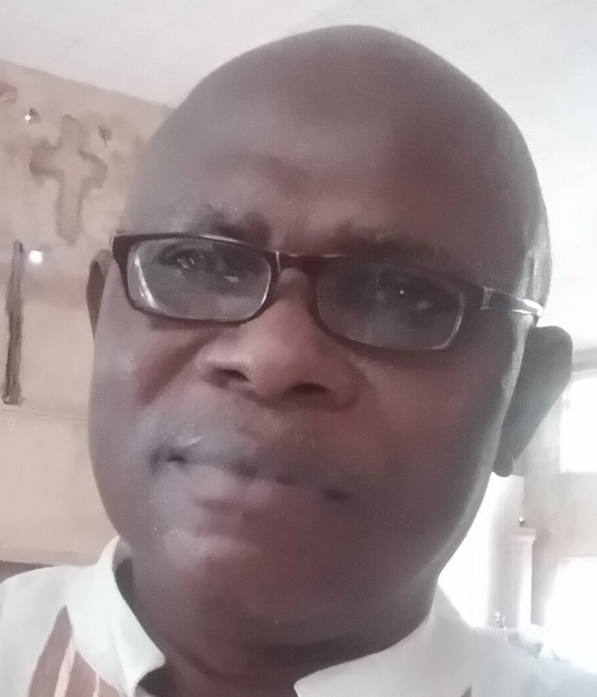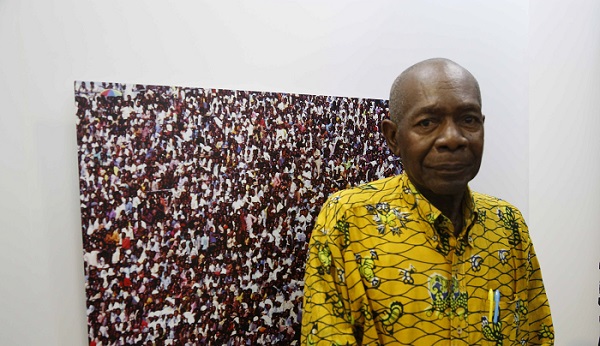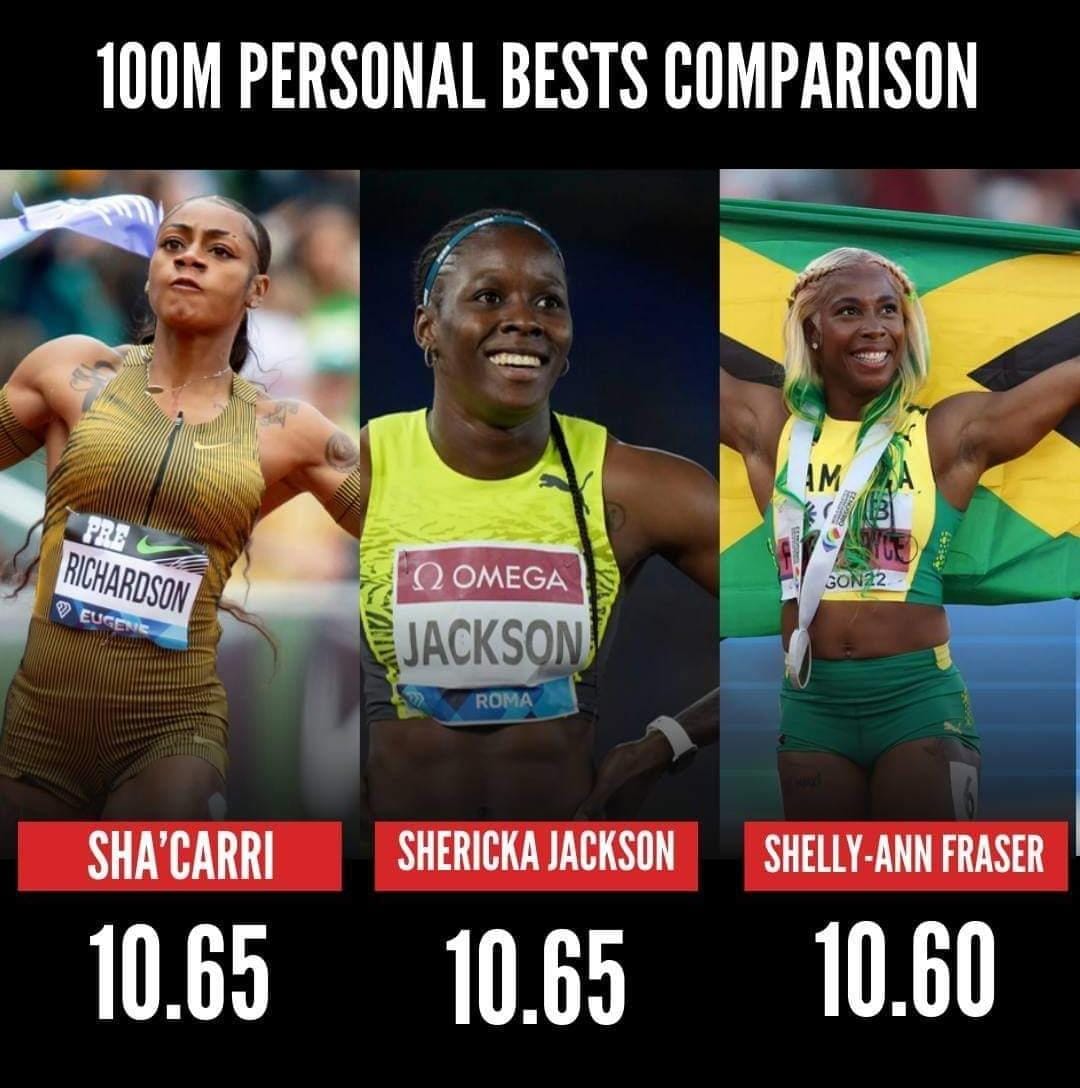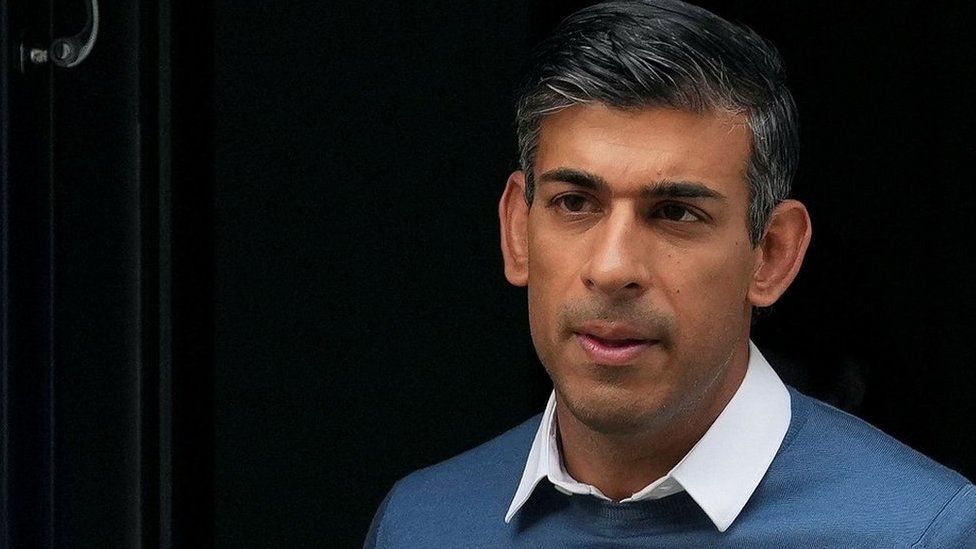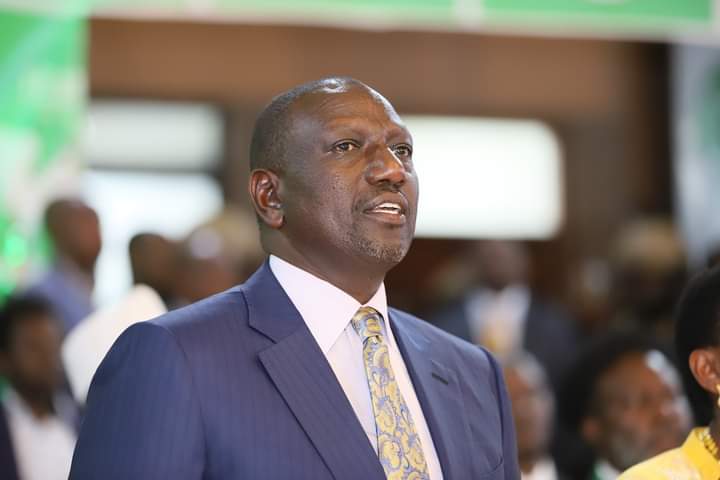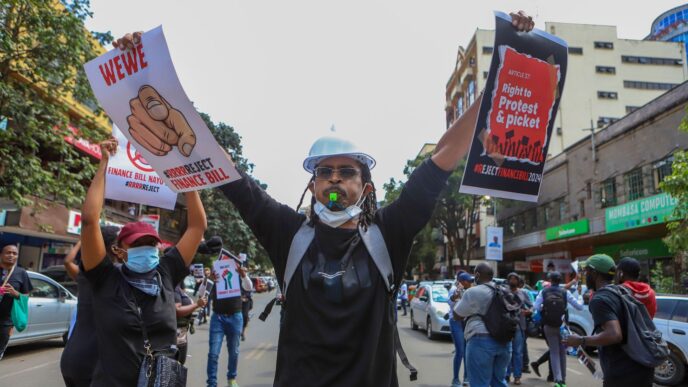Tam Fiofori
Tam Fiofori, who passed on Tuesday, 25 June 2024, at 82, will miss this. Jamaica’s fiery sprints squad at the upcoming Olympics Games in Paris would have kept him on the phone, confirming schedules, reliving moments of athletic apogees, and making predictions of which Jamaicans would shake the world.
Fiofori was a former long jumper, which explains the bounce in his steps. He was an athletics buff and set the pages of The Guardian aglow with his crisp reports and photogenic images that foretold the sprint dominance of “My Jamaicans Girls,” as he titled one of the stories.
The story was told 41 years ago at the inaugural World Athletics Championships in Helsinki, Finland, 7-14 July 1983. Despite winning just three medals — one gold by Bert Cameron in 400m, a silver medal by Merlene Ottey in 200m, and a bronze medal in 4×100 m from the team of Leleith Hodges, Jacqueline Pusey, Juliet Cuthbert, and Ottey — Jamaica showed it had a bright future in athletics.
Grace Jackson, a prominent figure in Helsinki, won a 200-meter silver at the 1988 Olympics in Seoul behind Florence Joyner of the US. Jackson’s marriage to Hugh Small, Jamaica’s minister of industry, commerce, and production, in 1990 shortened her athletics career. She quit the sport two years later, at 31.
Advertisement
At the 1992 Olympics in Barcelona, Cuthbert won silver medals in 100m and 200m, and Ottey won a 200m bronze. The Jamaican Girls phenomenon continued with Ottey leading the charge. Ottey won two silver medals (100 m and 200m) and a relay bronze at the Atlanta Olympics in 1996. Four years later, Jamaican Girls won five silver medals in Sydney, and Ottey won a silver and a bronze.
Ottey, one of the world’s most decorated athletes, led the era of brilliance and longevity of Jamaican female athletes, being named Jamaica Sportswoman of the Year 13 times in 23 years of racing for Jamaica and another 10 years for Slovenia.
When Ottey retired at 52, she had logged nine Olympic medals, 14 World Championship medals, and others at the Commonwealth Games and major international events. An Olympic gold eluded her. Ottey was 36 at the Atlanta Olympics when she lost the 100m gold to American Gail Devers, though both clocked 10.98 seconds.
Advertisement
Fiofori’s “My Jamaican Girls” was a parody of Grace Jones’ 1981 hit, “My Jamaican Guy,” a tribute to Sly Dunbar, whose pelting of drums in ways only he could, left his touch on most reggae hits of the time. Now, 72, Sly is still at it. He revolutionised drumming across different reggae bands before computers colonised the role. Jone wormed her way to filling more dance floors in more spots globally with “Pull Up To The Bumper,” from “Nightclubbing,” the 1981 album, still rated as number two in her repository 43 years after its release.
A lot of Fiofori was about music. He started his journalism career as a freelance in 1965 because he cherished his independence, according to an interview with Taiwo Obe in a 2023 interview. Fiofori reviewed music and arts for international publications in England and the US, where he also schooled.
Musicians impressed him if they were literate. He explained that literate musicians could read music, write music, teach music, and play different instruments. The top Nigerian musician for him was Peter King, who met the criteria. In addition, King ran a music school in Badagry, where more than 2,000 students passed through his guidance. Asa was among them.
Fiofori would often say, “Nigerians don’t know PK. If they did, they would respect him. He won international awards for his jazz and Afro music decades before people filled every space with noise”. PK passed in 2023.
Advertisement
Brodaa Tam, as I called him, was sad at the scant recognition King received, in life and in death, for all he did for music. He was the one who drew my attention to King’s death, wondering why it was not in the papers.
On Sunday, Nduka Irabor asked me, “Tam Fiofori gone? And the news is not in all the papers?”.
Fiofori was a student when he met Peter King, Fela Anikulapo-Kuti, Wale Buckor, and Adams Dagogo Fiberesima in London. The quartet was studying music at Trinity College, which was a school of the University of London. He was well-acquainted with them, and they remained friends until they all transited before him.
Back at The Guardian, where Fiofori was sending loads of pictures to Sunny Ojeagbase (may the Almighty rest him), the sports editor, each package that arrived from Helsinki gave the newspaper, just months on the streets, an advantage that matched The Guardian’s advertisement, “Sooner or later, you will read The Guardian.” It was sooner.
Advertisement
We stole glances at the pictures as Ojeagbase held them with respect fit and proper for sacred objects. When they were finally splashed on the newspaper, they were at sizes unknown in newspapers then. Ojeagbase created the magazine effect for sports pages. “These pictures cannot be wasted,” Ojeagbase would say. He was spoilt for choice.
If photography were a religion, Fiofori would have been its faithful priest, not striving for titles or positions. This priest smoked and drank his beer with a quietitude that could make you a convert or, if you were already one, lead to renewals of the bottles as you discharged them into your waiting throat.
Advertisement
Once he starts with, “Let me tell you this”, usually prefaced with your name, to get your maximum attention, you would be at the feet of a raconteur who would take you on a compressed trip round the world with stops at major global arts capitals, or where film festivals held. Sports were not excluded.
During our 1987 trip with Nigeria’s athletics team to Burkina Faso, he was as enticed by the egregious young jumper George Ogbeide, more known as Lakayana, who had boasted he would break the national record, as much as arranging his participation in the Pan-African Film and Television Festival of Ouagadougou, FESPACO, an annual, international film event that has respected a place in the global calendar. Lakayana would win the National Collegiate Athletic Association (NCAA) long jump gold in 1991. The NCAA is the zenith of American university sports contests.
Advertisement
Fiofori’s films and documentaries were heavy on the devastation of the Niger Delta, culture, and music genres across Nigeria. He was good with words and his work. His best boast was to remind a gathering, “shoe get size”. He was right.
Cast in the general neglect and scorn Nigeria has for the creative industry, Fiofori and his generation got minimal attention as they searched for resources to maximise the reach of their works. He was mainly a self-funder of his works, though there were commissioned ones.
Advertisement
A simple man who lived for over 40 years in the same Surulere house that he cluttered with his works at varied stages of completion, I would walk in gingerly, careful not to step on a piece of history in some form or format. Before taking a seat, I would wait for him to clear some pictures he was working on overnight.
I guess the volume of work in that apartment, their security in the order he arranged them, and the uncertainty of how they would fit elsewhere hugely accounted for his long stay. He was not one to meet when he was angry. “Get this done before I will blow my…top,” he would charge over delays in completing his productions, rising mannerlessness, or poor electricity, which often wore him out. I left out the expletive, which came sparsely for someone who lived in Harlem in the nuanced sixties.
Fiofori grew up in Benin City, where Emmanuel, his father, taught at Edo College, but he was from Okrika, Rivers. He attended King’s College, Lagos, and later King’s College London for higher education.
As the first new music/electronic music editor for DownBeat and a contributor to many other art and literary publications in the US and Europe, he was a major player in directing the cultural conversations of the time.
He served as a film consultant to the Rivers State Council for Arts and Culture, a director of the Rivers State Documentary Series, a consultant/scriptwriter for Documentaries, NTA Network, and a founding executive of the Photographers’ Association of Nigeria, PAN.
His works have been exhibited in Africa, Europe, and the US. He had an award from the Pan African Writers’ Association (PAWA) International Documentary Film Festival, and Music in Africa.
In 2022, he received the IREP Lifetime Achievement Award. Femi Odugbemi, founder of the iREP Documentary Film Festival, praised Fiofori as a monumental figure in the documentary world.
Some of the books he authored or co-authored are African Photographer J. A. Green Reimagining the Indigenous and the Colonial (African Expressive Cultures) by Martha G. Anderson, Lisa Aronson, Christraud M. Geary, Tam Fiofori, Ebiegberi Joe Alagoa and published by Indiana University Press (2017); Fragile Legacies; The Photographs of Solomon Osagie Alonge by Amy J. Staples, Flora S. Kaplan, Bryan M. Freyer, Kokunre Agbontaen-Eghafona, Eni Ehizibue Ehikhamenor, Tam Fiofori, Daniel I. Inneh, George Osodi, Theophilus Umogba and published by Giles (2017).
Others include Sun Ra: Myth, Music and Media by Tam Fiofori and published in 2015 in Delta, Nigeria (Illustrated); The Rape of Paradise by George Osodi, Francis Ugiomoh, Bisi Silva, Tam Fiofori and published by Trolley Books (2011); A Benin Coronation: Oba Erediauwa by Tam Fiofori and published in 2001.
Please read the links here for more about Tam Fiofori and the films and documentaries he made. Thank you very much, Taiwo Obe, for documenting Fiofori last year in My Tori.
His passing denies the arts community of one who knew his acts and used them generously to ennoble humanity.
May the Almighty rest, Brodaa Tam.
Views expressed by contributors are strictly personal and not of TheCable.
Add a comment
